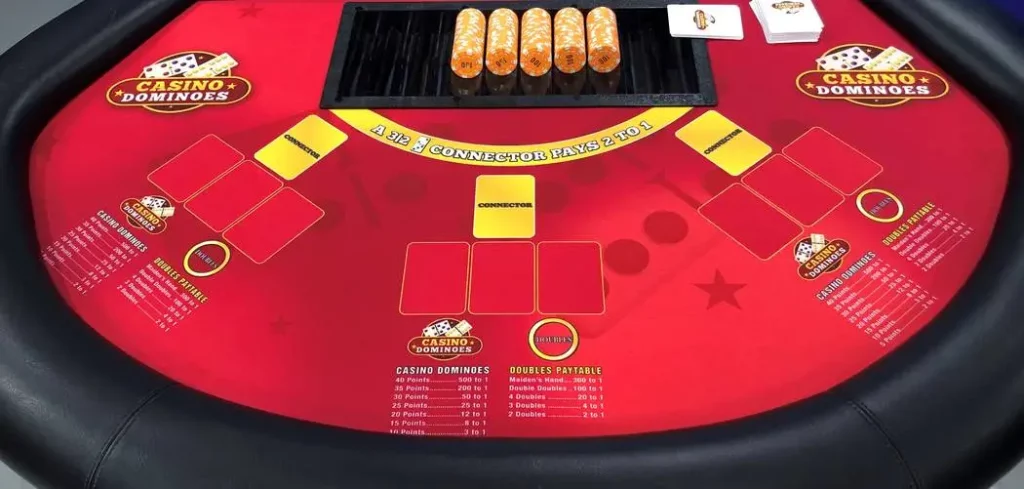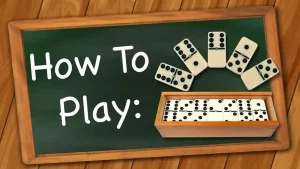
In many domino games, as players make their plays, a line of tiles forms on the table, generally but not always by matching the pips on the open end of the domino. The line of the play refers to the arrangement of tiles. Each player takes a domino from the stock once the tiles have been jumbled. The first play will be made by the person who draws the heaviest tile. If there is a tie, additional dominoes are drawn from the stock to break the tie.
Rearranging the Tiles: A player shuffles the tiles face down on a level playing table before each game, thoroughly mixing them with his hands. While shuffling, the player’s hands may not stay on the same tiles, and the shuffler should be the last to draw his hand for the game. Before each game, players can either take turns to shuffle the dominoes or the same player can shuffle the domino99. Here are two of the many possibilities:
- The shuffling for a game is done by the player to the right of the player who makes the opening play
- The previous game’s winner shuffles for the next game.
Arrangement of Seating: In a game with three or more players, a seat refers to a player’s location at the table. The use of a lot is one method of determining seating configurations. Each player takes a domino from the stock once the tiles have been jumbled. The player who draws the tile with the most pips gets the first pick of the seats. The next highest-ranking player takes a seat to the left, and so on. If there is a tie, additional dominoes are drawn from the stock to break the tie. Before the players draw their hands, the tiles are returned to the stock and reshuffled. When playing a partnership game, the partners sit across from one other.
Playing Order: The seating arrangement will affect the sequence of play after it is determined who will make the first play of the game. There are a few different approaches to figure out who will make the first move:
- Make a lottery.
- Start the game by placing the heaviest domino on the table.
- Have the previous game’s winner make the initial play of the new game.
After the first play, play will proceed clockwise to the left. Alternatively, you can play in a counter-clockwise rotation, as certain Latin American countries do, as long as all players agree before the game. To determine who will make the first play, the players will draw lots.
Winner of the Previous Game: The winner of the previous game may start the next game. Alternatively, if a game finishes in a tie, the player who placed the last tile in the previous game takes the first tile in the subsequent game.
Start with Heaviest Domino Table: The player with the highest double in his hand must make the initial play in several domino games, according to the regulations. Other games’ rules stipulate that the player with the heaviest domino, whether double or single, must make the first play. If the second-highest double isn’t drawn, the third-highest double is played, and so on until a double is drawn. All hands are discarded, reshuffled, and fresh hands are drawn if none of the players has a double in his hand.







